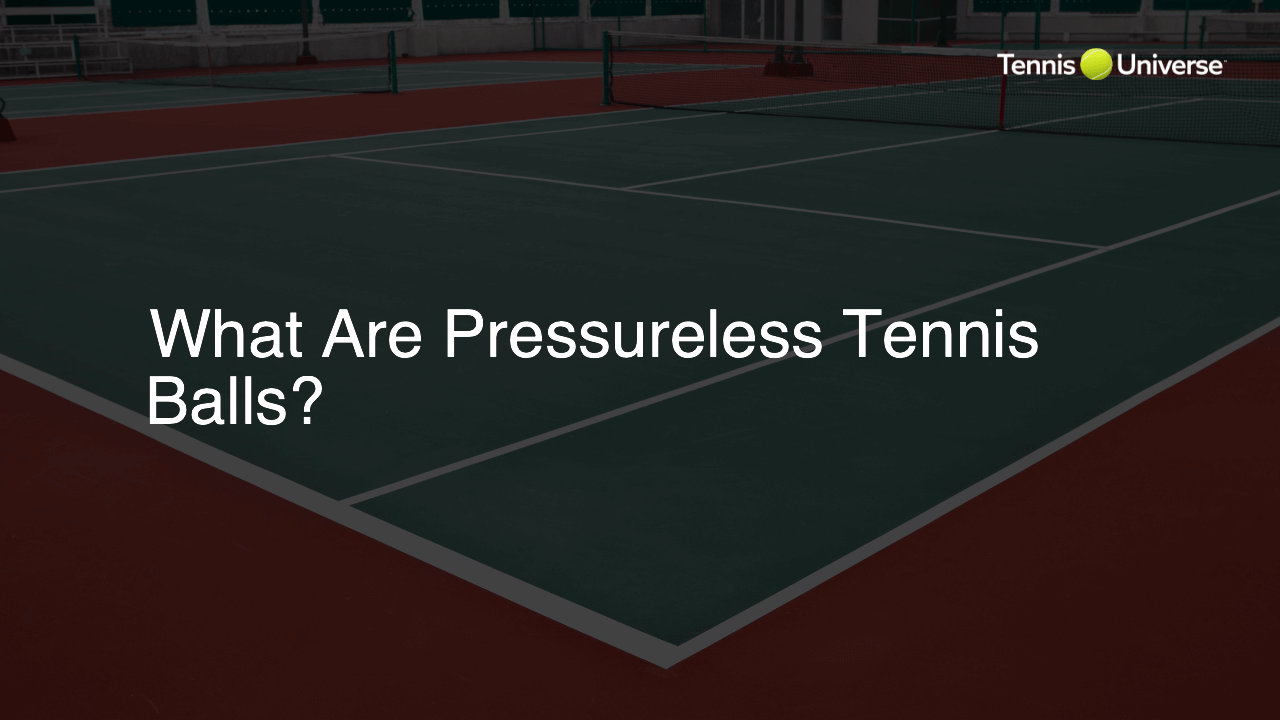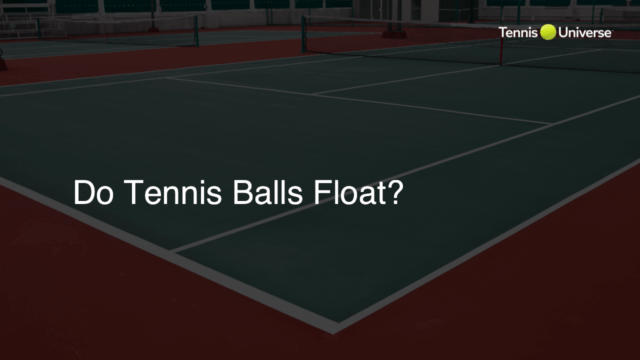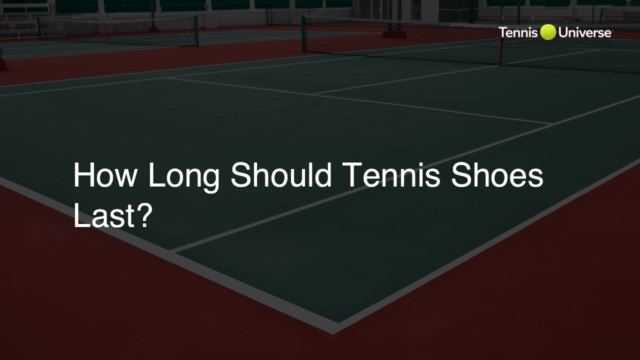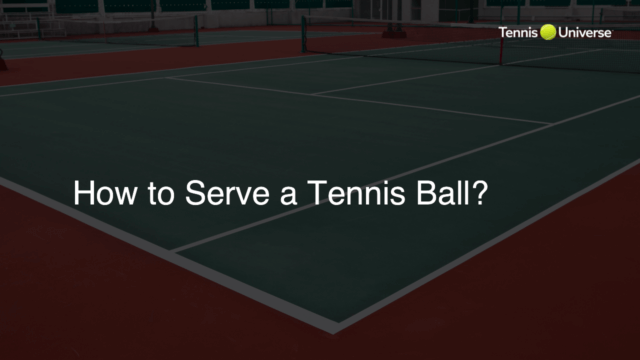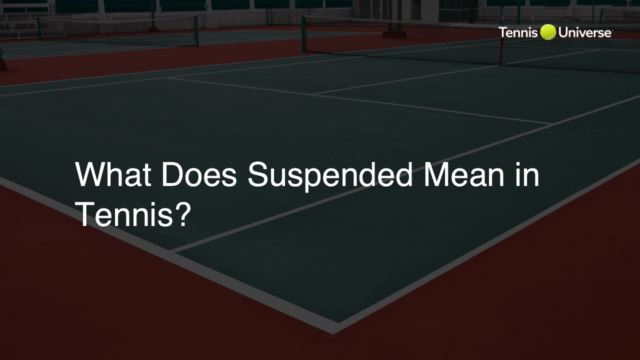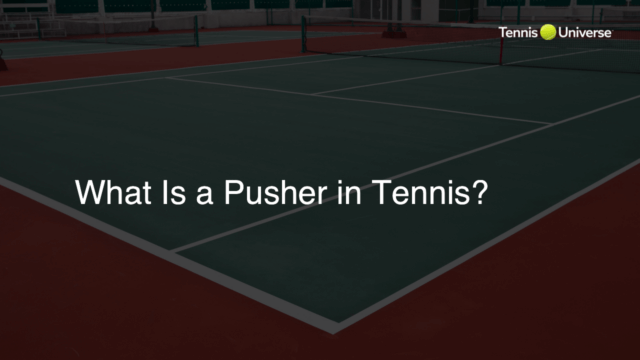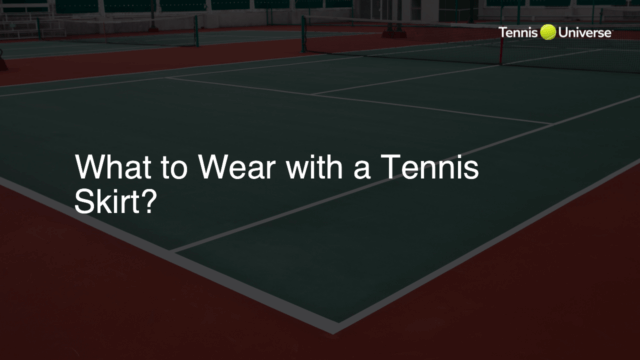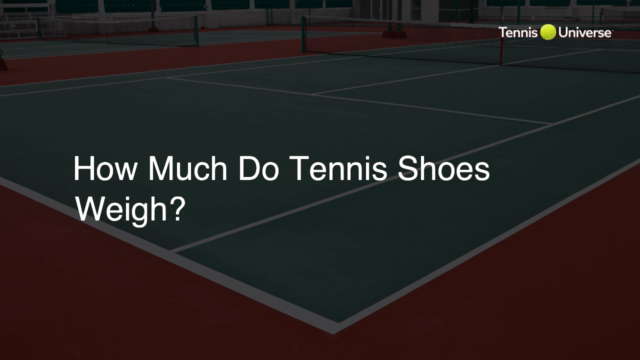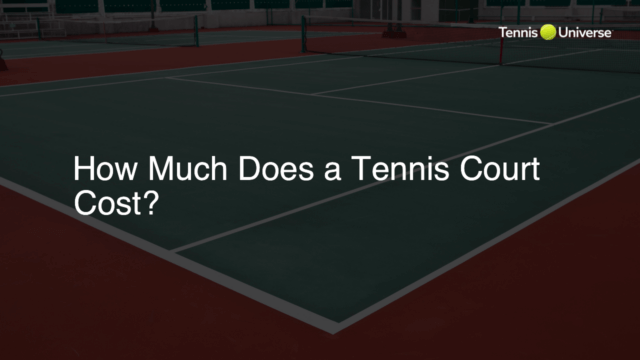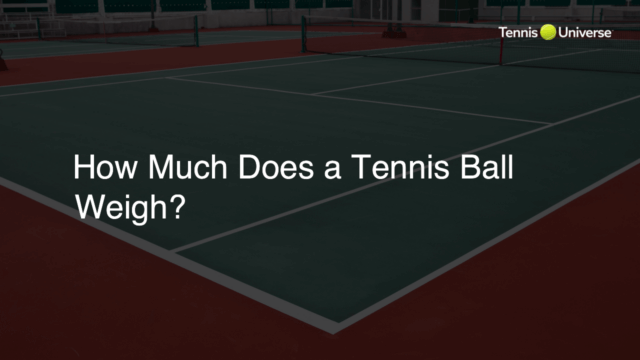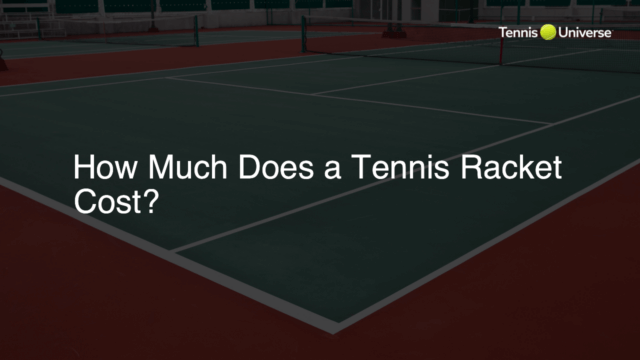Pressureless tennis balls are a type of tennis ball designed without the pressurized air inside, making them heavier, firmer, and more durable compared to regular tennis balls. They offer consistent bounce and performance over time, making them ideal for practice, training, and use with ball machines.
Understanding Pressureless Tennis Balls
Pressureless tennis balls are a unique type of tennis ball that offers distinct advantages and drawbacks when compared to traditional, pressurized balls. By understanding their characteristics, you can determine if these balls are a suitable option for your practice sessions or casual play.
The Construction of Pressureless Tennis Balls
Unlike regular tennis balls, pressureless tennis balls do not contain pressurized air inside. Instead, they rely on their rubber material to provide bounce and durability. This construction results in a heavier, firmer, and more durable tennis ball compared to their pressurized counterparts.
Benefits of Using Pressureless Tennis Balls
Consistent Performance Over Time
One of the most significant benefits of pressureless tennis balls is their ability to maintain a consistent bounce and performance over time. As regular tennis balls lose their internal air pressure, their bounce and playability deteriorate. Pressureless balls do not suffer from this issue, offering more reliable and longer-lasting performance.
Ideal for Training and Ball Machines
Due to their consistent performance, pressureless tennis balls are well-suited for practice, training, and use with ball machines. When combined with a suitable tennis racket, they provide an excellent option for players looking to hone their skills and maintain their form.
Drawbacks of Pressureless Tennis Balls
Heavier and Firmer Feel
While their durability and consistency are advantages, pressureless tennis balls have a notable drawback in their heavier and firmer feel. The added weight can lead to a different playing experience, requiring players to adjust their strokes and power accordingly.
Less Suitable for Competitive Play
Due to their different feel and performance characteristics, pressureless balls are not generally recommended for competitive play. Most official tennis tournaments and matches require the use of pressurized balls, making pressureless options less suitable for players focused on competing at a higher level.
Comparing Pressureless Tennis Balls with Various Brands
When choosing the right pressureless tennis balls for your needs, it’s essential to compare different brands and their features. Among the popular options are brands like Tretorn, Gamma, Penn, and Wilson. Each brand offers different characteristics in terms of durability, bounce, and overall performance. You may need to try out a few different options to determine which pressureless tennis balls suit your preferences best.
Tennis Tips: Adapting to Pressureless Tennis Balls
When you begin to use pressureless tennis balls, keep in mind that they may require an adjustment in your playing style. With their heavier and firmer feel, players may need to alter their strokes, footwork, and power to accommodate the differences. Here are some tennis tips to help you adapt:
Adjust Your Swing Speed and Timing
Pressureless tennis balls tend to be slower in flight due to their heavier weight, so adjust your swing speed and timing to ensure proper contact. Allow the ball a bit more time to travel through the air before swinging your racket, and consider increasing your swing speed slightly to compensate for the added weight of the ball.
Improve Your Footwork
Pressureless tennis balls may require you to make smaller adjustments in your footwork to reach the ideal contact point during a rally. Focus on staying light on your feet and making quick, precise steps that enable you to reach the ball with ease.
Develop a More Controlled Power
With their increased weight, generating power with pressureless tennis balls can be more challenging. Focus on developing a controlled power by maintaining a stable body position and using your legs, shoulders, and core in your stroke. Avoid relying solely on your arm strength, which can lead to strain and injuries.
Maintaining and Storing Pressureless Tennis Balls
While pressureless tennis balls are known for their durability, proper care and storage can further prolong their lifespan. To maintain your pressureless tennis balls, avoid exposing them to extreme temperatures or direct sunlight for extended periods. Store them in a cool, dry place when not in use, and consider using a tennis ball hopper or an airtight container to keep them organized and intact.
FAQ Section
Here are some frequently asked questions and their answers to help clarify any further concerns related to pressureless tennis balls and their usage.
Do pressureless tennis balls feel different compared to regular tennis balls?
Yes, pressureless tennis balls have a heavier and firmer feel compared to regular tennis balls due to their construction. They may require slight adjustments in swing speed, timing, and footwork to accommodate their different playing characteristics.
Are pressureless tennis balls suitable for beginners?
Pressureless tennis balls are suitable for beginners as they offer consistent performance and durability, making them ideal for practice sessions and improving overall skills. However, beginners should also familiarize themselves with regular tennis balls to prepare for competitive play.
Can I use pressureless tennis balls in a tennis ball machine?
Yes, pressureless tennis balls are a popular choice for tennis ball machines as they provide consistent bounce and performance, making them ideal for repetitive practice and training drills.
How long do pressureless tennis balls last?
Pressureless tennis balls are known for their durability, with their lifespan typically exceeding that of regular pressurized tennis balls. However, the lifespan can vary depending on usage, storage conditions, and brand. Proper care and storage will help extend their useful life.
Will using pressureless tennis balls affect my tennis racket?
Using pressureless tennis balls should not significantly impact your tennis racket. However, given their heavier and firmer feel, it is essential to maintain proper technique and avoid relying solely on arm strength when striking the ball, as this could lead to strain and potential injuries.

